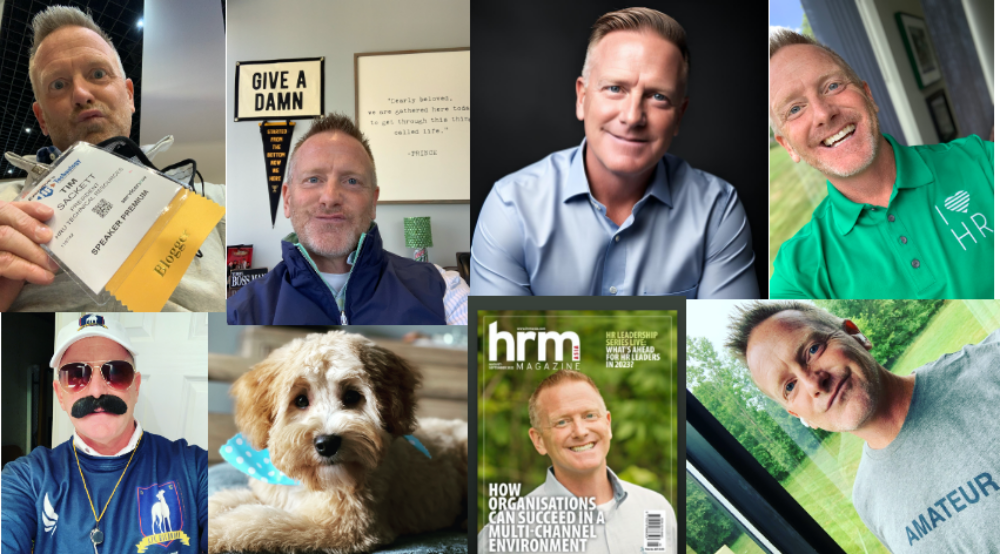I heard about a very cool way that some schools are beginning to select student governments. Think about how the normal student government is selected. Some student government advisor, usually the school’s government teacher, makes an announcement for student government elections. Any student interested can throw their name into the hat, and start campaigning.
Then, reality hits.
The most popular girl decides she wants to run, and then the star quarterback decides he will also run, and the drum major of the student marching band puts her name in, it becomes a whos-who of the student body, all looking to butter-up their college applications. If you’re not popular or have a built-in voting base (school marching bands have a way of swinging elections if they elect in mass), you have zero shot at getting elected.
Now, if we changed from elections to a lottery system, every single person who has an interest in being a part of the student government now has an equal chance of being a part of the student government. Do you like this idea or not? (Listen to Gladwell’s podcast to see how this really plays out, it’s fascinating!)
Most people’s initial reaction is not positive about a lottery. We want to have our vote. Our say! A lottery seems random. The very worst person might win the lottery and then we are stuck! Truth be told, we are awful at selection! We are bad at selecting politicians. We are bad at selecting employees. Humans are just bad at knowing what’s best for them.
Think about how we select our President. If we had used a lottery to select the President all these years, half of the U.S. Presidents would have been female! A good portion would have been African American, way before Obama! We probably would have had a Hispanic President!
What Hundred.org found is that selecting student governments via lottery actually has produced a ton of leaders that school teachers/administrators, and students didn’t even realize could be great. We never gave them a chance, and they lived ‘down’ to our expectations. But, when chosen via lottery, they rose to the occasion. Also, just because we ‘elected’ the Prom Queen to be Student Class President, doesn’t mean they’ll be good, in fact, just as many that are good, suck!
Now, let’s take this in another direction. What would happen if we did a “Hiring Lottery”? Instead of going through all the interviews and such, we just have people show interest, and then we pull a name out of a hat? Do you think it would work?
Let’s add one thing. What if we had AI go through each person who showed interest and made sure they met our qualifications to do the job? Would you have buy-in then? We had 100 applicants who meet the criteria of the job, we spin the ping pong balls and pick one, and Welcome to ACME Inc., Mary! You won the job lottery!
What do you think Mary’s chances of being successful are? 50/50? Lazlo Bock, in Work Rules, says Google was only 1% better than 50/50 in their selection, so it would seem like 50/50 would be a really strong success rate for your hires!
I have a strong belief that with many of our roles, especially those that are low-skill, no-skill jobs, a hiring lottery would actually be considerably more efficient and eliminate all bias, and would probably produce more applicants for organizations. Also, when considering lower-skilled jobs, “job interest” might be the most important criteria to consider!
Could it work in skilled professions? I think it would probably work exactly the same, it’s just a harder sell to executives since they have skills and want to desperately believe those skills matter over someone with similar skills!
Tell me what you think! Would you be willing to hire via a Job Lottery!?


